Australian Palm Trees: Native Palms, Small Varieties & Many Others
In Australia you will find palm trees like bungalow palm, alexander palm,Kentia palm, foxtail palm, etc. More on these varieties and many others below!
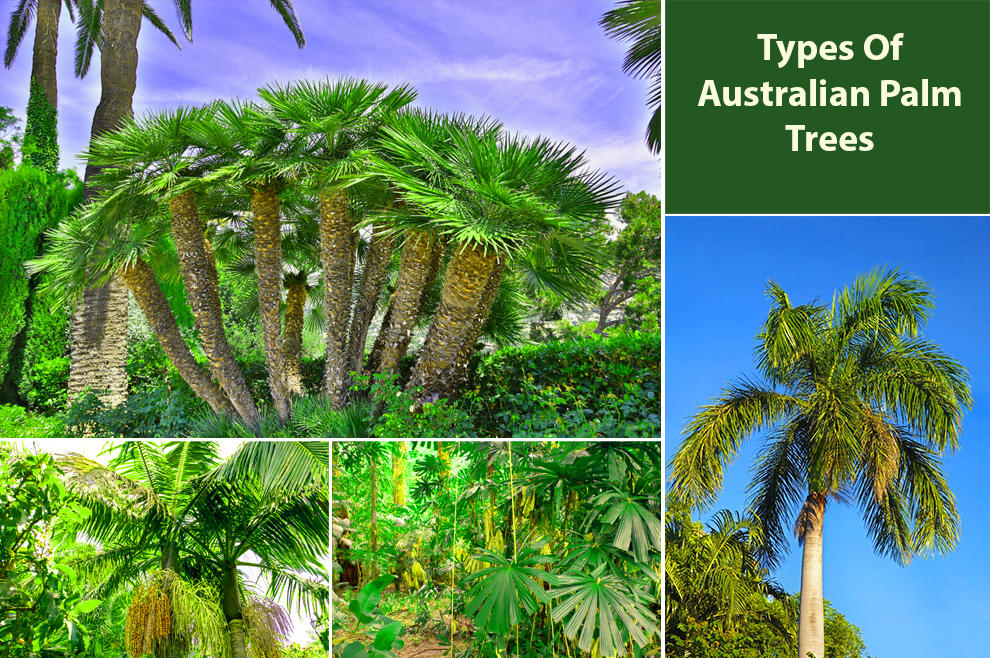
Palm tree flourishes effortlessly within the diverse landscapes of Australia.
These captivating palms, well-suited to the country’s unique conditions, add a touch of tropical allure to gardens, parks, and streets alike.
With their resilience and adaptability, Australian palm trees thrive in various climates, from the coastal regions to the arid interiors.
Embrace the stately elegance of the Kentia palm (Howea forsteriana) or revel in the iconic silhouette of the Coconut palm (Cocos nucifera), both native gems enhancing Australia’s natural heritage.
That’s not all. Many other varieties of palm grow well in this region.
Let us explore the fascinating world of palm trees grown in Australia, discovering their diverse species and uncovering the secrets to their successful cultivation in this awe-inspiring land.
Different Types of Palm Trees Australian Climate Supports To Thrive
Australia is home to a diverse range of palm trees that thrive in various regions across the country.
Let’s explore some of the palm trees found in Australia and their features, characteristics, and growing conditions:
1. Coconut Palm (Cocos nucifera)
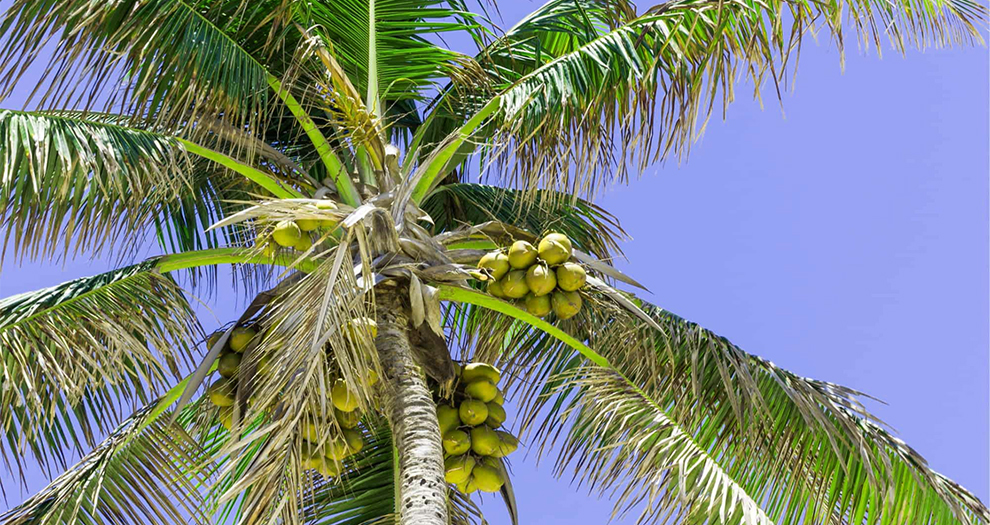
Features: These are iconic tropical palms with a tall, slender trunk and large, feathery fronds at the top. It produces coconuts with culinary and commercial value.
Characteristics: It thrives in coastal regions with well-drained sandy soil. It requires ample sunlight and regular watering. Sensitive to frost, prefers a warm, tropical climate.
2. Kentia Palm (Howea forsteriana)
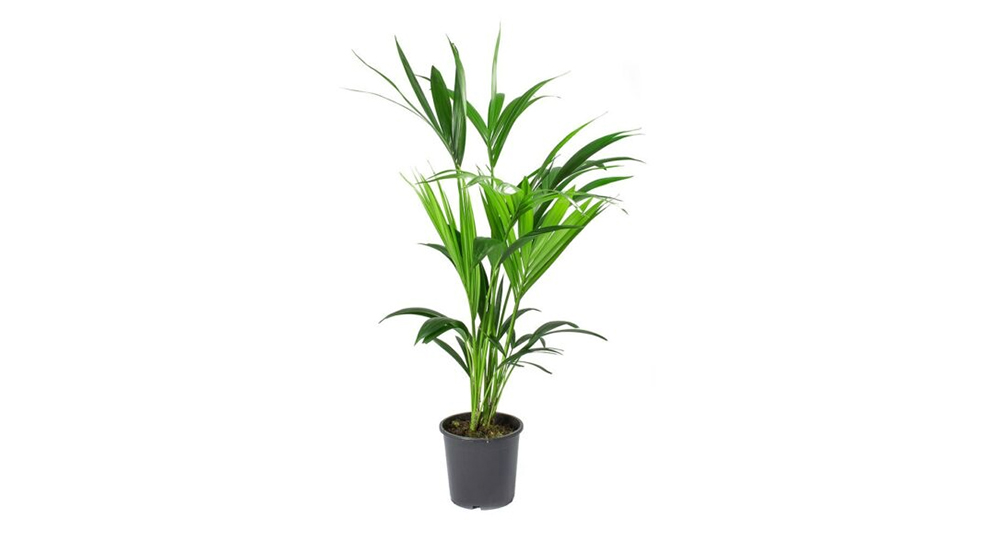
Features: These are elegant, slow-growing palms with a slender, dark green trunk and graceful, arching fronds with drooping leaflets. It is a popular indoor and outdoor ornamental palm.
Characteristics: This palm is well-suited for both indoor and outdoor cultivation. It prefers partial shade or filtered light and well-draining soil. Tolerates cooler temperatures than some other palms.
3. Foxtail Palm (Wodyetia bifurcata)
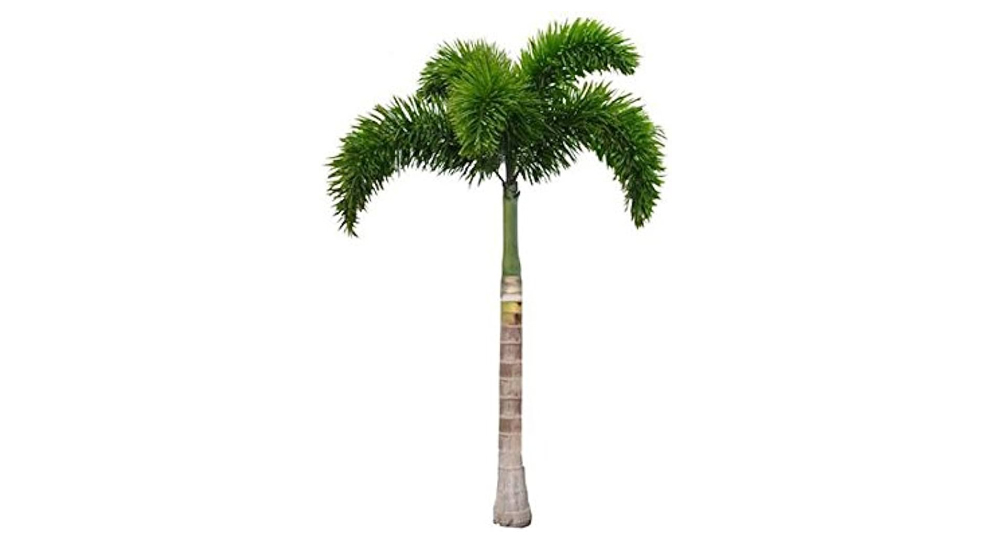
Features: This palm tree has a striking crown of dark green, bushy fronds resembling a fox’s tail. It has a slim gray trunk with prominent rings.
Characteristics: These Australian palm trees thrive in tropical and subtropical climates with full sun exposure. Requires well-drained soil and regular watering. Moderately drought-tolerant once established.
4. Alexander Palm (Archontophoenix alexandrae)
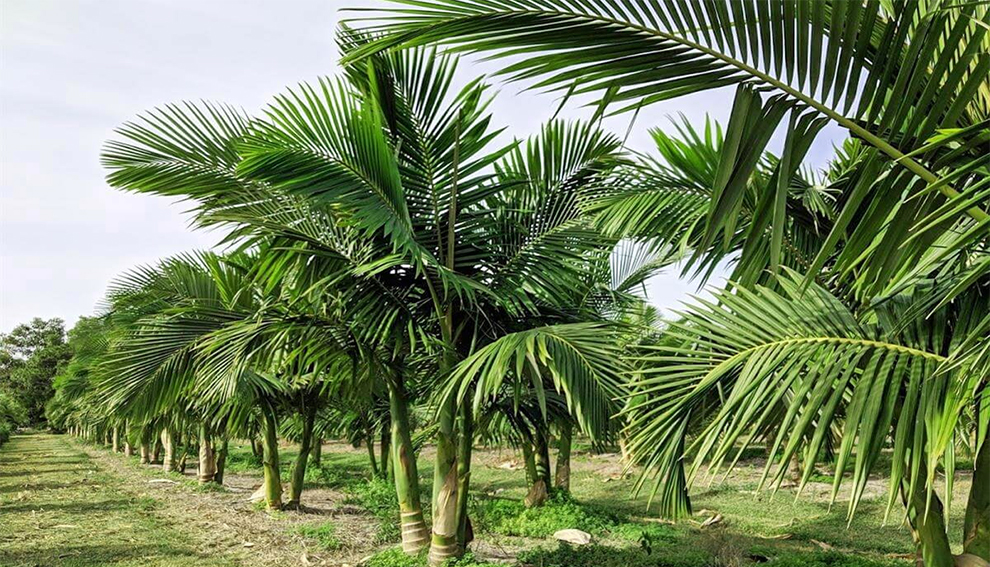
Features: This palm tree has a slender, green to purple trunk with prominent rings and a crown of elegant, arching fronds. Produces red fruits attracting birds.
Characteristics: It prefers a tropical to subtropical climate. Thrives in well-drained soil with regular watering. It is popular choice for coastal landscaping and suitable for indoor cultivation.
5. Bangalow Palm (Archontophoenix cunninghamiana)
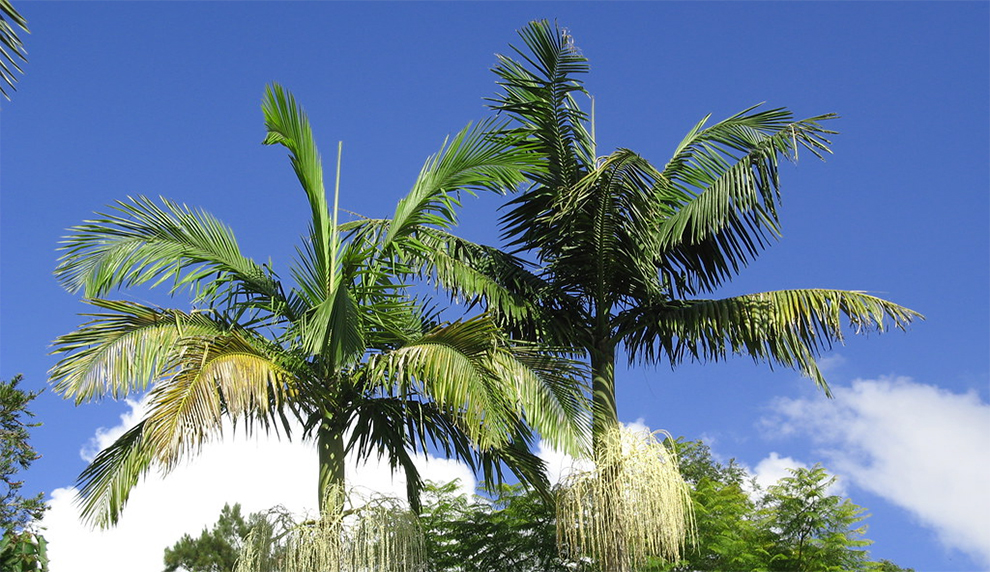
Features: It is an attractive palm with a slim trunk, a crown of arching fronds, and striking red or orange crownshaft.
Characteristics: It thrives in tropical and subtropical climates with well-drained soil. Requires regular watering and protection from strong winds.
6. Cabbage Palm (Livistona australis)
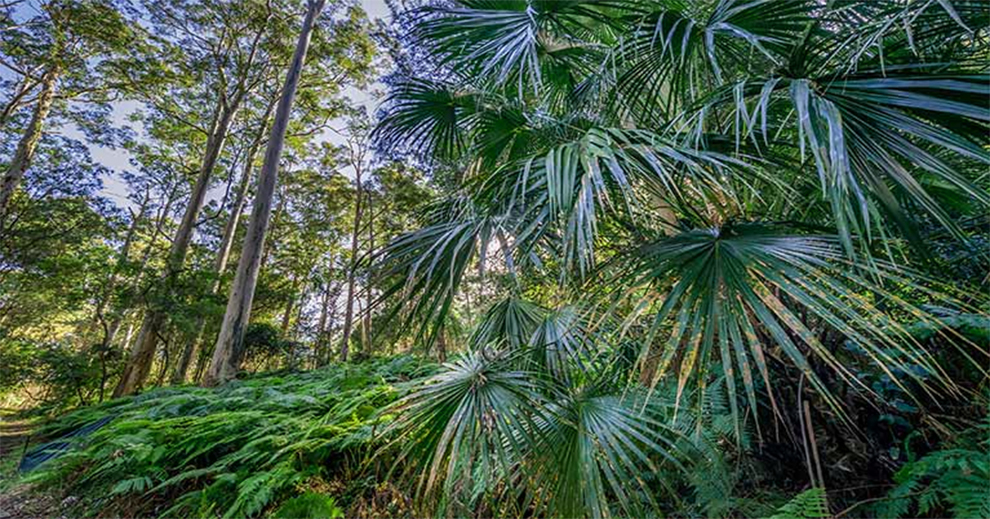
Features: It has fan-shaped fronds with segmented leaflets and a relatively stout trunk.
Characteristics: It is a hardy palm suited for tropical and subtropical climates. It thrives in well-drained soil and tolerates coastal conditions.
7. Fan Palm (Licuala ramsayi)
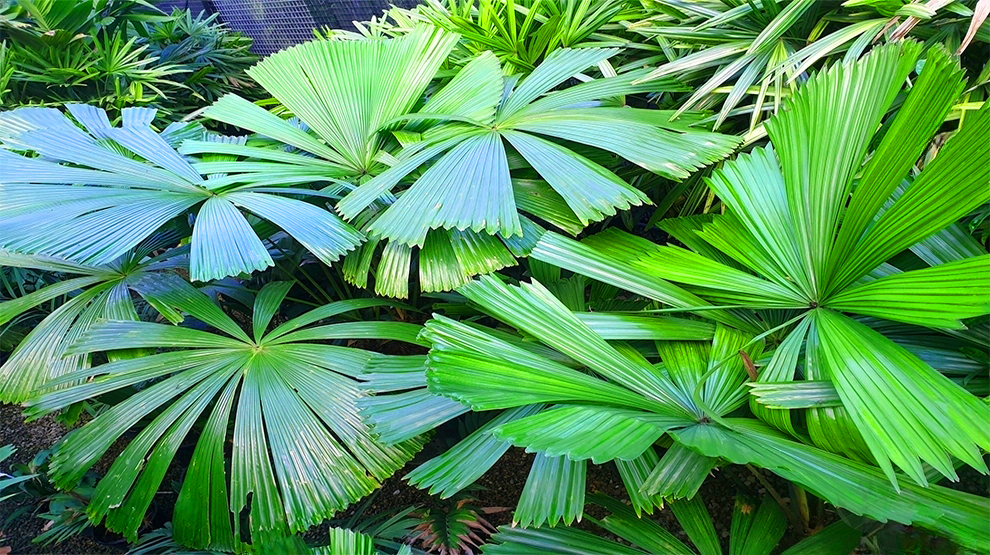
Features: These types of palms Australia has are called Fan Palm. It is so because they have large, circular fronds with a fan-like appearance, giving them a distinct look.
Characteristics: It requires a tropical climate with high humidity. Grows best in moist, well-drained soil with protection from strong winds.
8. Pigmy Date Palm (Phoenix roebelenii)
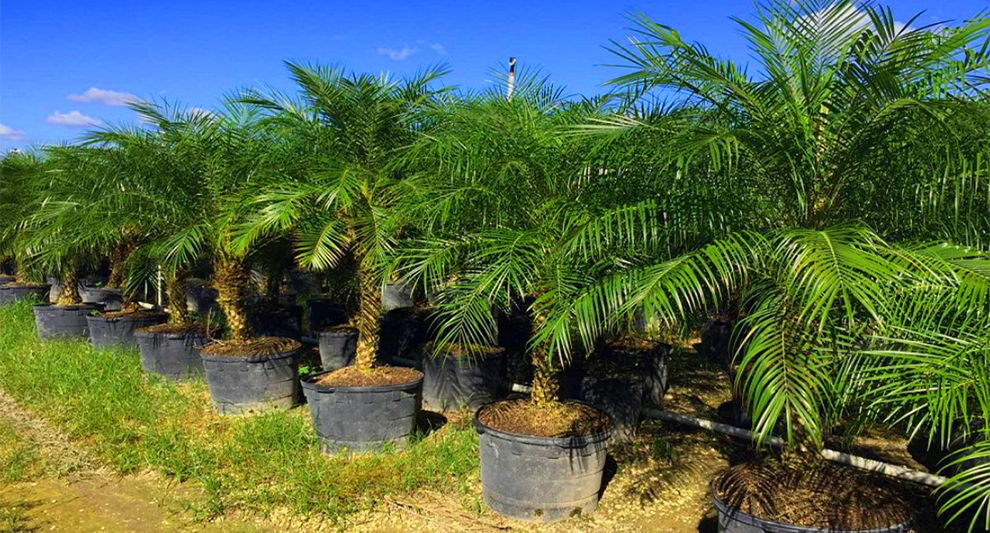
Features: It is a small-sized palm with multiple slender trunks and a dense crown of finely pinnate fronds.
Characteristics: It is suitable for small gardens, courtyards, and indoors. It prefers a warm, tropical climate but can tolerate cooler temperatures.
9. Red Feather Palm (Licuala ramsayi)
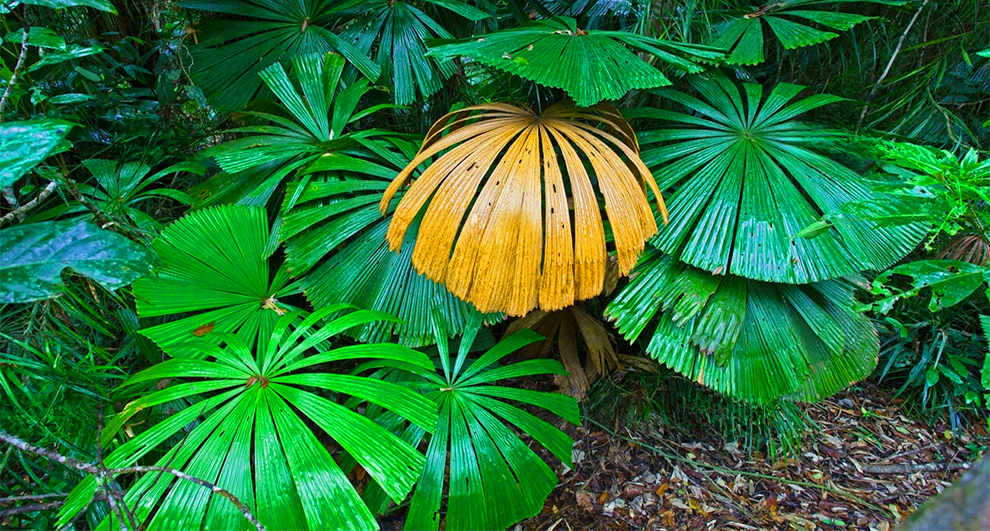
Features: It has striking red petioles and large, circular fronds with deeply divided segments.
Characteristics: It requires a tropical climate with high humidity and regular watering. Suited for sheltered locations with protection from harsh sun and winds.
10. Solitaire Palm (Ptychosperma elegans)
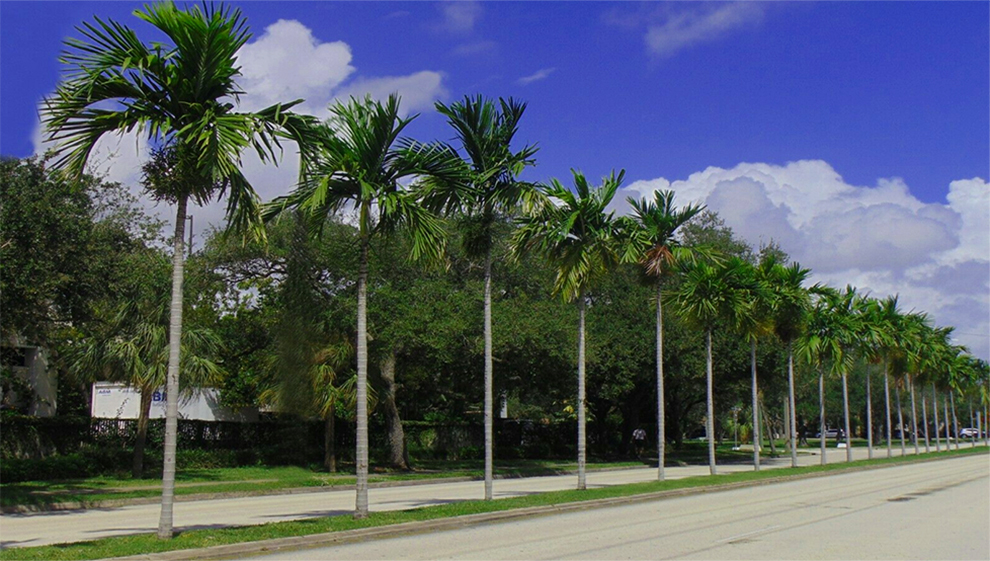
Features: This palm is graceful and slender with arching fronds and a lean green trunk.
Characteristics: It thrives in tropical and subtropical climates with well-drained soil. Requires regular watering and protection from frost.
These are just a selection of palm trees that grow well in Australia, and each species has its own unique beauty and characteristics.
Their adaptability to various climates and soil conditions makes them valuable additions to the rich diversity of Australia’s flora.
Gardeners and landscapers can choose from this selection to create stunning landscapes, adding a touch of tropical allure to different regions of the country.
You might also like to know about Palm Trees in – Arizona | Hawaii | Miami | Texas | San Diego | South Carolina | California | Florida | Alabama
Which Are The Australian Native Palms?
The native Australian palms are a diverse and resilient group of trees that thrive exceptionally well in the varied landscapes of the country.
From the tropical coastlines to the arid interiors, these palms have evolved over time to adapt to the distinct climates and soil conditions found in different regions of Australia.
Some of the prominent native palms include the iconic Coconut Palm (Cocos nucifera), which lines the coastal areas and islands, and the graceful Kentia Palm (Howea forsteriana), a popular choice for ornamental gardens.
Other noteworthy Australian palm trees include the Foxtail Palm (Wodyetia bifurcata), known for its distinctive feathery fronds and ability to withstand dry and hot environments.
Livistona species, such as Livistona australis, Livistona decipiens, and Livistona rigida, are also prevalent and well-adapted to a range of habitats.
These native palms not only contribute to the aesthetic beauty of their surroundings but also serve essential ecological functions by providing habitat and food sources for native wildlife.
Their ease of cultivation, low maintenance requirements, and ability to thrive in various conditions make native Australian palms a popular choice for landscaping projects, both in residential and commercial settings.
Whether it’s creating a tropical oasis by the sea or adding a touch of elegance to arid landscapes, these native palms stand as enduring symbols of Australia’s unique flora, enriching the country’s natural heritage for generations to come.
Some other common Australian native palms include:
- Alexander Palm (Archontophoenix alexandrae)
- Bangalow Palm (Archontophoenix cunninghamiana)
- Cabbage Palm (Livistona australis)
- Fan Palm (Licuala ramsayi)
- Macarthur Palm (Ptychosperma macarthurii)
- Red Feather Palm (Licuala ramsayi)
Related: Palm Tree Growth Rate | Palm Tree Lifespan | Different Types of Palm Trees
Name The Small Palm Trees Australia Is Known For?
Small palm trees in Australia offer a delightful and versatile addition to various landscapes. These compact palms, often reaching heights of around 6 to 15 feet, are well-suited for urban gardens, courtyards, and even indoor spaces.
One popular choice is the Pygmy Date Palm (Phoenix roebelenii), known for its slender trunk and gracefully arching fronds, making it an excellent option for tight spaces.
The Miniature Fishtail Palm (Chamaedorea metallica) is another sought-after small palm, prized for its attractive metallic sheen on its fronds and adaptability to low-light conditions indoors.
With their charming appearances and adaptability, small palm trees add a touch of tropical elegance to any setting, making them a beloved choice for landscaping enthusiasts and homeowners across Australia.
